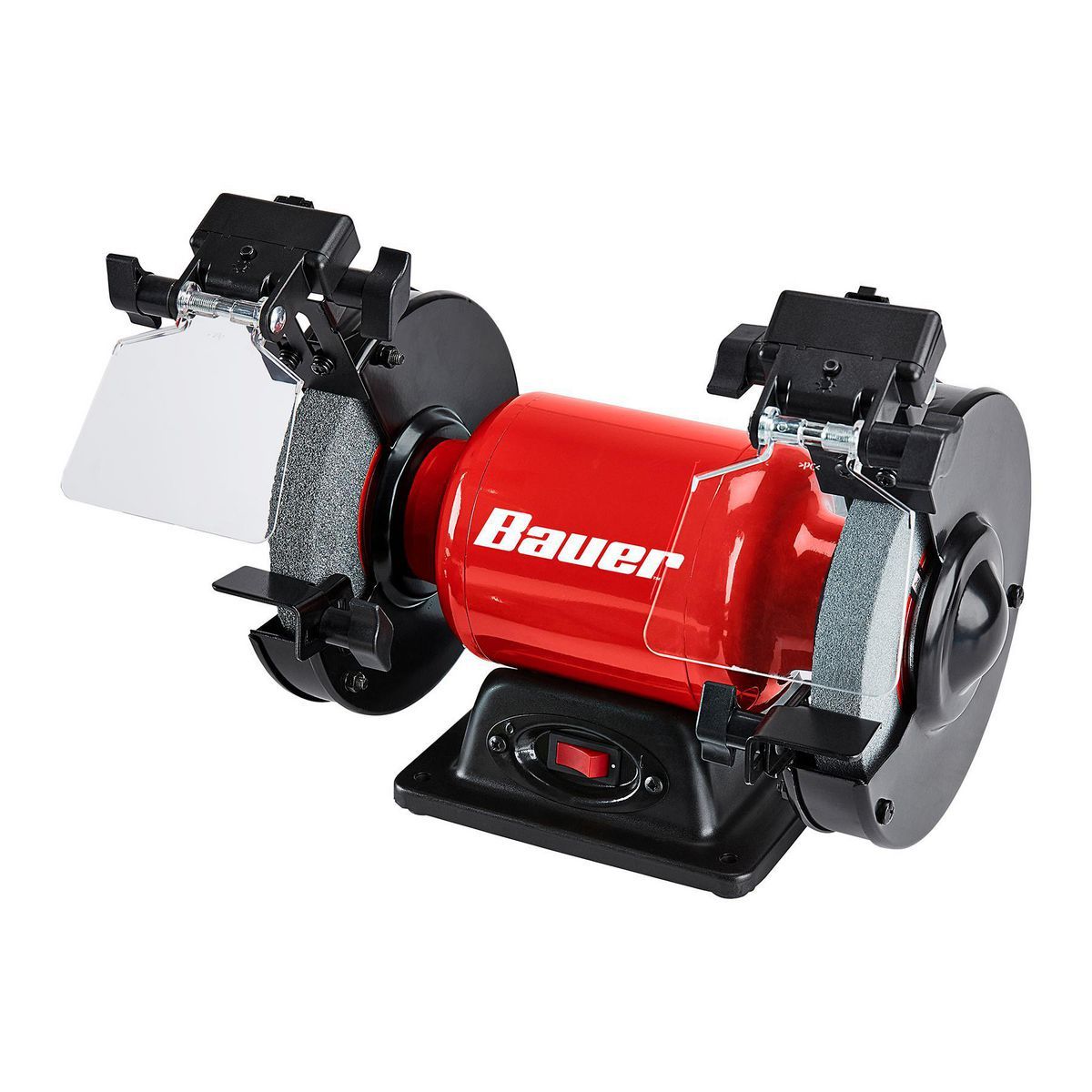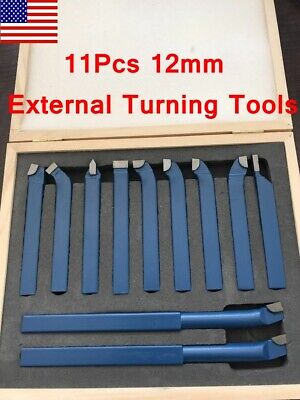- Joined
- Dec 12, 2022
- Messages
- 5
Hello,
New to the forum here and bought a Vevor (though I've seen sold under many brand names). This is my first lathe, but have some basic machining knowledge and how to work with metals. Lathe was delivered, had a big dent in control panel so got a small refund but everything seems operational. Came with some HSS tools too. I've been playing with trying to face and turn brass and plain steel. Both had similar results which were not great. I've added some pictures below. Some things that I think may be creating the awful taper, chattering and poor finish.
Paul




New to the forum here and bought a Vevor (though I've seen sold under many brand names). This is my first lathe, but have some basic machining knowledge and how to work with metals. Lathe was delivered, had a big dent in control panel so got a small refund but everything seems operational. Came with some HSS tools too. I've been playing with trying to face and turn brass and plain steel. Both had similar results which were not great. I've added some pictures below. Some things that I think may be creating the awful taper, chattering and poor finish.
- The tool is just slightly above center (vertically) as can be seen from first image. I don't suspect this is a huge issue, but when facing it does leave that characteristic nub confirming that it's off-center. I think this could impact cutting performance? Especially with a bad tool.
- The tools are cheap HSS and I haven't sharpened or ground them in any way (don't have a bench grinder or know best way to do this).
- My lathe isn't bolted down, so it's on a roller on the floor. I couldn't lift it on my workbench. I know this is not ideal, but I don't think it's the main cause of the issues? It may explain the chatter, but it doesn't explain why the tool just doesn't seem to cut at all and produce an awful taper.
- The chips are awful (more of a fine dust, especially with steel), and tons of heat is produced. So it's more rubbing than cutting.
- For the speeds I set them at 2,000 RPM for the steel based on a chart I saw for plain steel at this diameter. Changing the feeds and speeds for both materials seemed to make no difference and both resulted in an awful taper.
- For both I did keep things "close and tight" to reduce flex on the material and tool since I'm not using a tailstock.
- The tool holder has no flex, I tightened up the 3 hex screws to reducer the jitter so I don't think that's a problem either.
Paul



